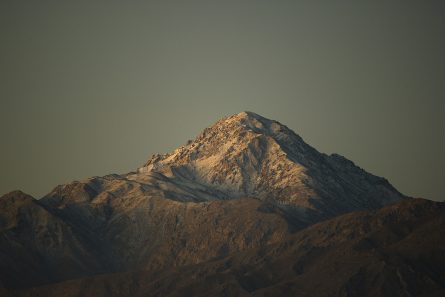Kalabagh Dam
At the time of independence, our newly formed country had no infrastructure of power generation. There were only small diesel or coal powered generation plants in various cities, but to meet the major requirement we were dependent on India. In 1958 when Field Marshall Ayub Khan took over the government, with all the other important steps, shortage of power was also taken as a very important issue and work on war footing was started.

There were certain sites which were more important and where the development work could be started with immediate effect. Following this study, two sites on river Indus were selected for dams where we could avail power generation facility as well as water reservoirs which would be linked to canals for irrigation purpose. One site was Kalabagh, which was a natural dam and the other was Tarbela. On river Jehlum, Mangla was selected for immediate implementation. The other reason to select these sites was that these were almost in the centre of the country from where the cost of electricity distribution network would cost less and the controls would be easy, secondly, from water reservoirs, water would easily be connected to the canal system used for irrigation. In 1959, immediate work was started at Mangla Dam site.
Flow of Water
Dear readers, before going into further details, it is important to understand the flow of rivers and the places they fall into each other. Starting with river Swat which flows from Kalam to Nowshera for 12 months with an enormous quantity of water. At Nowshera it falls into river Kabul which is coming from Afghanistan, crossing through Peshawar. From Nowshera these two rivers jointly fall into river Indus at Attock. From Attock bridge, the flow of these two rivers can easily been seen, Indus in blue colour and the other two in mud colour. They go a long way side by side then ultimately merge into each other.
From Attock to Kalabagh, there is no place where this enormous quantity of water flowing from three rivers can be stored. Kalabagh is the only place where this water can be stored.
Why Kalabagh Dam is important
From Kalabagh reservoir, water can not only be used for generation of electricity but can also be utilised to irrigate the barren areas of KPK, Sindh and Balochistan. The site of Kalabagh is a natural dam, which can be constructed in much less time with less cost than a regular dam. It can store and preserve all that water flowing from rivers Indus, Swat and Kabul, which at present is going waste and falls into the Arabian Sea. It’s a sheer negligence of our governments and leaders that since long we are wasting this gift of the Nature which can be very useful for irrigation and can also generate electricity for the national grid. Practically, it’s “kufran e namet”.
It’s the foremost duty of our rulers, leaders, politicians, technocrats, bureaucrats, philosophers, journalists and also the general public to work on it and to tell India that despite their intense interference, they can’t stop us from our development. It is the duty of our politicians and feudals to tell them that they are not purchasable. If we are able to construct Kalabagh Dam, it will be our great achievement and a grand victory over India.
Democracy, which has given nothing to the nation as yet. Let’s pray this democracy and people who are always talking about it are able to act positively and give this nation at lease the required water and electricity instead of hollow slogan.













